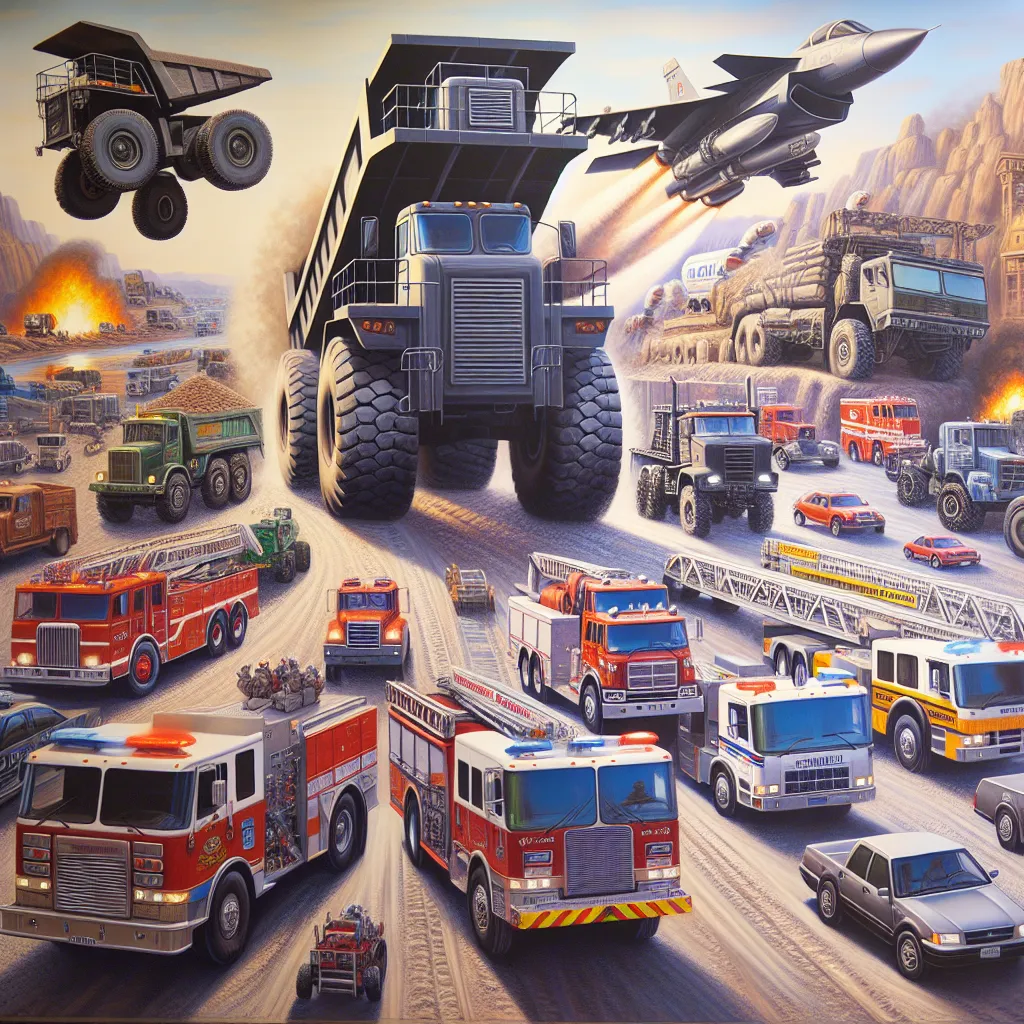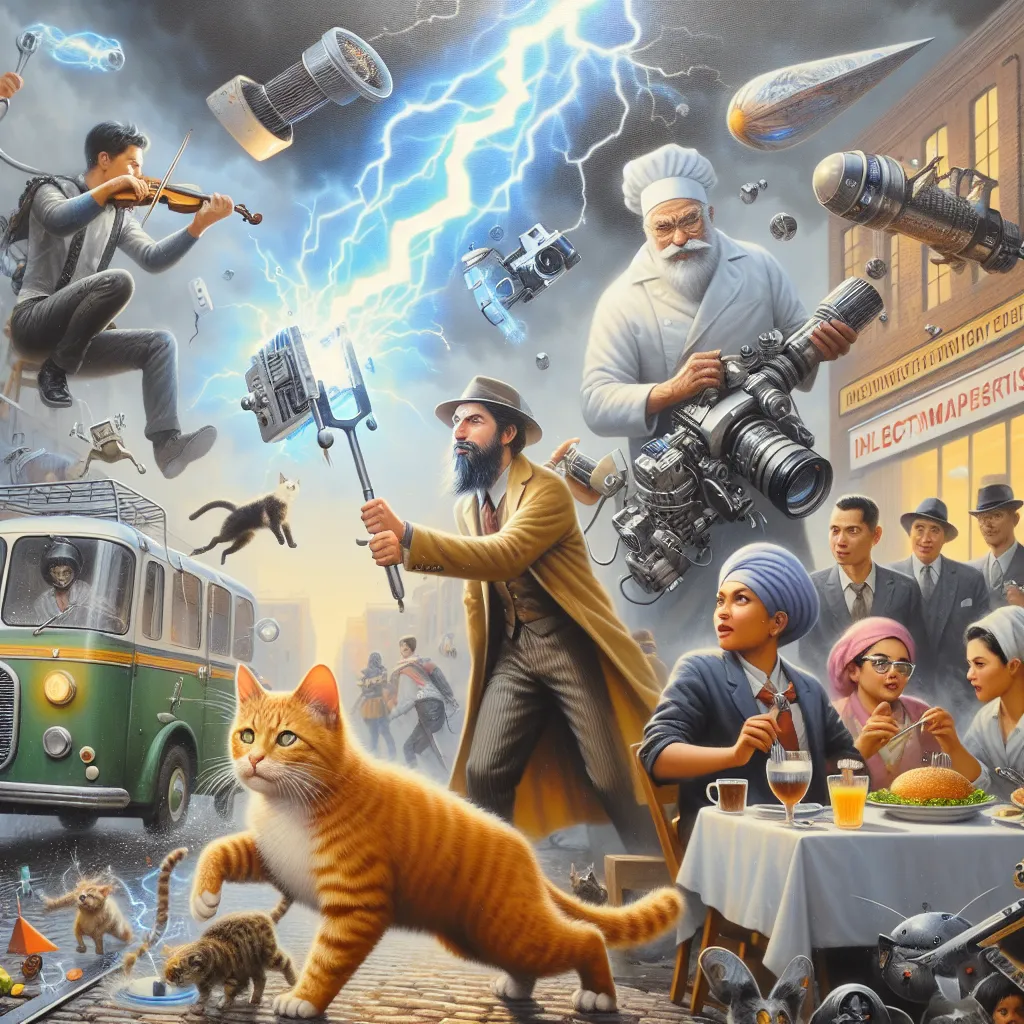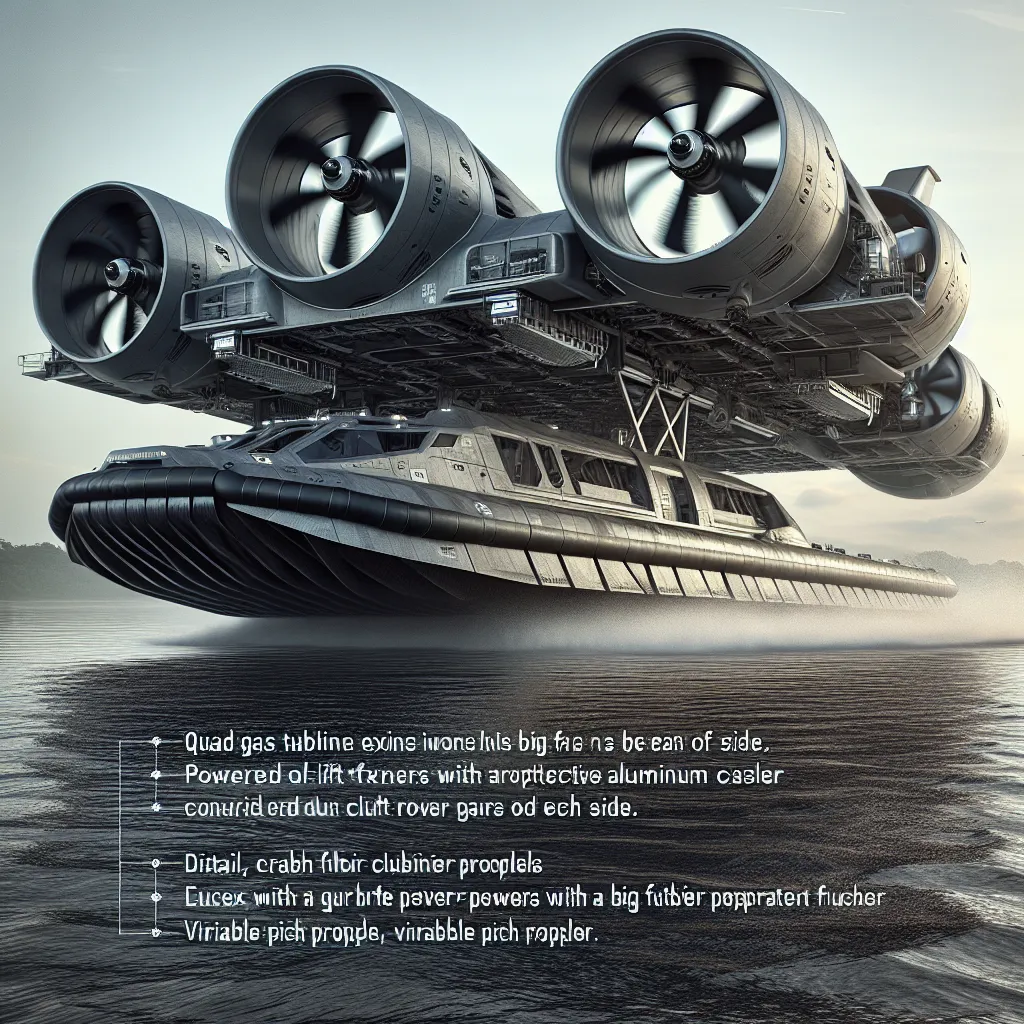Trucks have been the unsung heroes of our world, grinding tirelessly for nearly a century. These beasts are the backbone of industries, the larger-than-life machines that make the impossible possible. Imagine facing a 40-ton semi on the highway. Now, picture the largest truck on Earth. This colossal dump truck hauls 320 tons of rock and is an engineering marvel, with tires over 12 feet tall and a diesel tank holding 1,200 gallons.
Since WWII, over 50 million trucks were built in the US, delivering almost every product we use. Off-road, they tackle the harshest environments, designed for jobs requiring extreme durability. Some folks push these trucks to their limits just for sport. In France and Britain, truck enthusiasts perform extraordinary feats, like pulling off the longest wheelie in a truck or reaching 150 miles per hour with a jet-engine-powered monster. And then there’s the Shockwave, the fastest truck in the world, boasting 36,000 horsepower from its trio of jet engines, burning 400 gallons of diesel per mile.
In New York, trucks are more than just transport. The NYFD’s ladder trucks, such as Tiller Truck 5, are vital for navigating Manhattan’s narrow streets. With a 100-foot ladder and a crew ready to respond to emergencies in under four minutes, these trucks epitomize precision and agility.
Truck history is rich. Dennis Jaworski, a devoted collector, has amassed a fleet of over 200 classic trucks. Starting with a 1917 Packard with solid rubber tires to a 1953 LTL restored to its prime, his collection showcases the evolution of trucks from simple local delivery vehicles to pivotal machines in World War I.
Modern truck manufacturing includes extensive durability and safety testing. Trucks undergo rigorous bump, roll, and environmental simulations to ensure they can withstand punishing conditions. This durability is mirrored on race tracks in Europe, where modified road trucks compete fiercely, and on the Baja 1000, an off-road race demanding relentless strength and stamina from the participating vehicles.
For long hauls in Australia’s vast Outback, road trains such as the centipede represent the pinnacle of truck utility, pulling massive loads over harsh terrains. Meanwhile, in Malaysia, modular transporters achieve the seemingly impossible by moving gigantic gas tanks miles across difficult landforms.
The future of trucks looks toward sustainability. Volvo’s Environmental Concept Truck (ECT), designed for low emissions and quiet operation, represents a leap toward modernizing the industry. Though these futuristic trucks may not hit the roads soon, their innovative technologies hint at what’s to come.
Despite advancements and changing designs, trucks remain the indispensable workhorses they’ve always been. They are tough, durable, and ready to move mountains, ensuring they continue to be the lifeblood of both industry and innovation.






